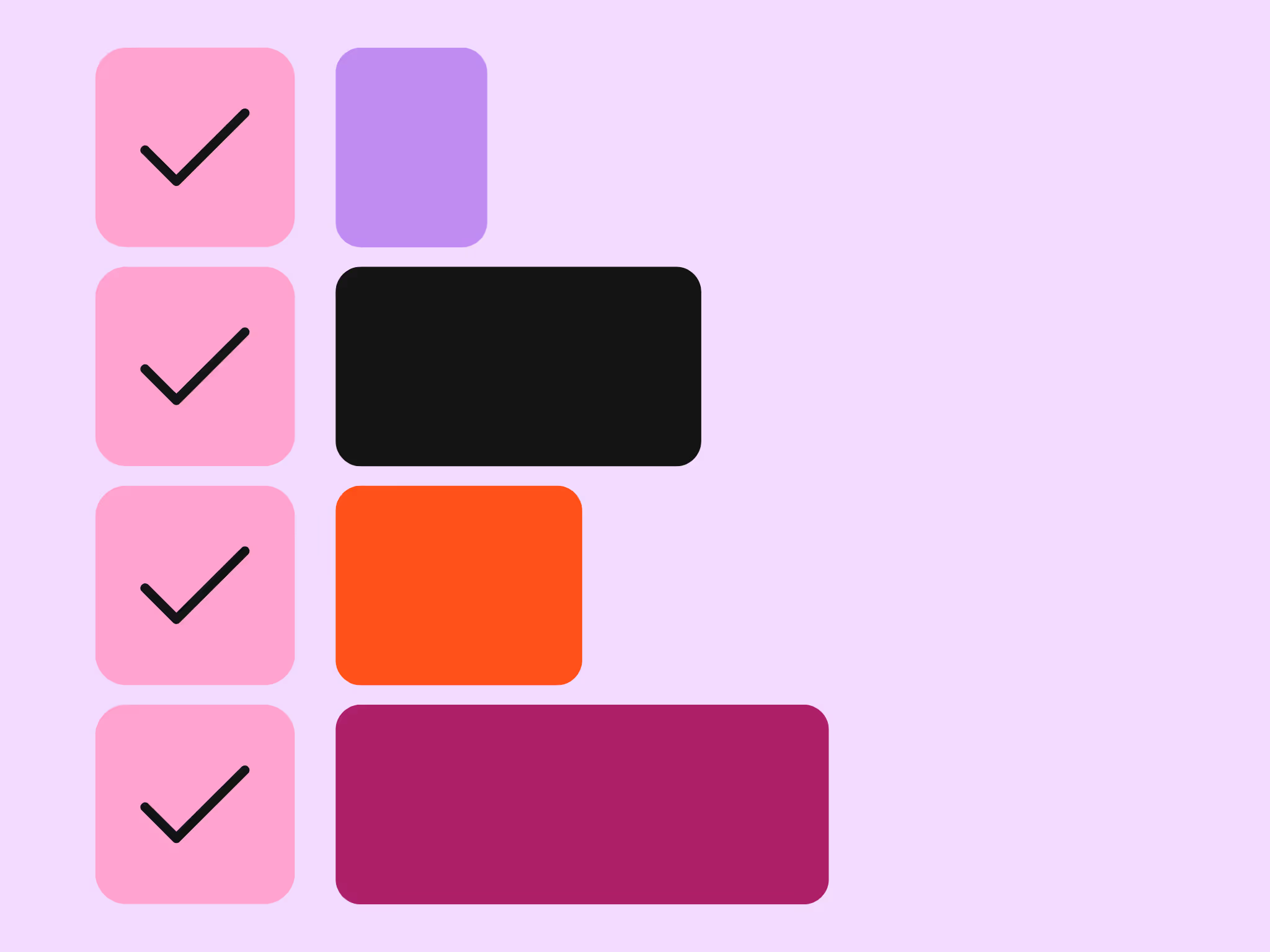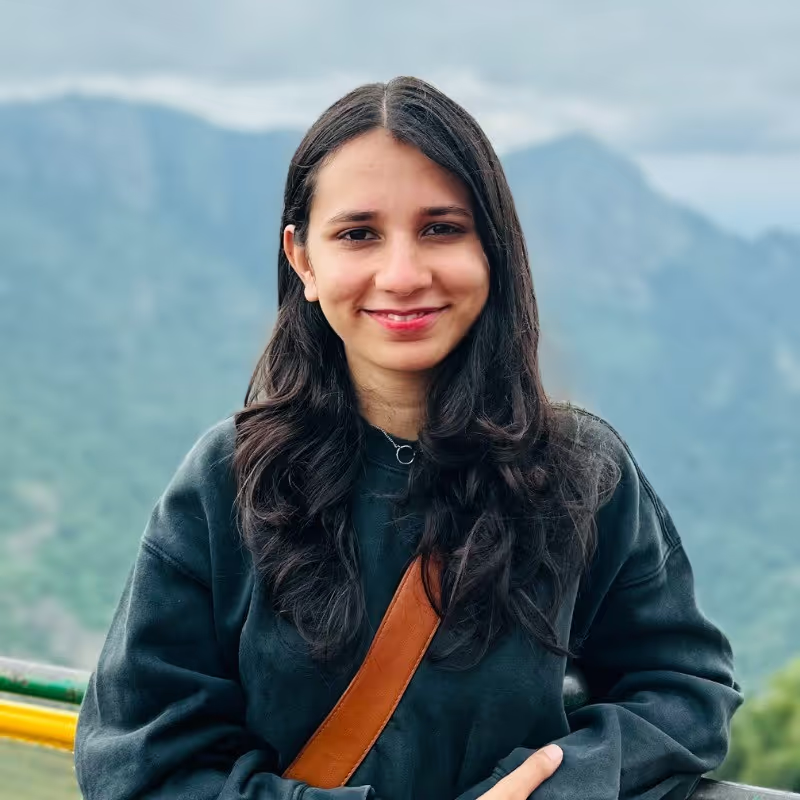Looking for influencers to collaborate with comes with its fair set of challenges. There are a lot of problems you can get into — issues with payment systems, rights to submitted content, lack of communication, a less-than-collaborative attitude, and much more.
So, how do you answer the question, "Is this influencer right for our brand, and will they be a pleasure to work with?"
Here's 10 questions you can ask to determine if a creator is right for your next campaign.
10 questions to ask influencers before collaborating with them
1. Who is your target audience?
First things first — which demographic do they target with their content? Who follows them and why? What are their audience's interests and wants?
While this is a fairly easy question, you might be surprised to know how many influencers don't know their target audience and won't be able to describe them.
Influencers who can give a detailed answer to this question will know about their audience and the content they like to see from the influencer, creating engaging, relevant content that resonates with their followers.
If you use an influencer analytics tool like Modash, you can check audience data even before reaching out. And/or, you can verify what they tell you. You can find:
- their audience demographics like location, age, & gender
- fake follower audits
- follower interests
- & more
It looks like this:

All this data helps you determine whether an influencer is right for your brand and if the collaboration will put your product in front of your desired audience.
Want to give Modash a spin? Try for free:
2. Are you familiar with our products?
It's worth the time to gauge how well an influencer knows your brand, and whether they'll be able to authentically recommend your products.
If an influencer is a fan of your brand, they might already be posting relevant content (maybe even about your product, specifically). That way, a partnership appears more natural to their followers.
Fans of your brand are much more likely to have brilliant content ideas that would need little to no input from your side. In the case of nano & micro-influencers who are fans of your brand, they might even be open to lower fees, or gifting campaigns -- where your cost is simply a free product.
Depending on your industry & product, it might not be essential to have familiarity -- but it's certainly a benefit.
3. What's your engagement rate?
Analytics is an important thing to consider when looking for the right influencers. Metrics like follower growth rate, percentage of fake followers, and the number of followers are all important, but the most crucial metric is engagement rate.
While it's easy to see metrics like follower count and the number of likes and comments, social media platforms don't give you access to an account's engagement rate. Instead, you can ask the creator directly, or you can use a free engagement rate calculator for a quick check. You can search any profile -- here's what it looks like:

Emma Chamberlain, for example, has an engagement rate of 8.1% — which is much higher than average. The calculator gives a benchmark against other IG profiles in a similar follower count. In Emma's case, 1M+ followers, where the median is 0.97-1.14% engagement rate.
4. Have you collaborated with a brand before?
A nano or micro-influencer might not have collaborated with a brand before. While that doesn't mean they aren't a good fit for your brand, they might not know all that comes with a brand collaboration — invoices, payment systems, contracts, influencer briefs, and much more.
If an influencer has collaborated with brands before, it's an excellent question to ask so that you can check how well their sponsored posts did in contrast to non-sponsored ones. Ask them how the collaboration went and what were their metrics for success.
You can see the type of sponsored content an influencer creates, how much effort they put into it, and how much of a response they get. You get to gauge their creativity and how they build anticipation and need for a brand to encourage the audience to buy products.
To find a creator's sponsored posts, you can search for hashtags like #ad and #sponsored, but it's quite laborious. If you're using Modash, the creator's profile report pulls out sponsored post examples. It looks like this:

5. What's your content creation process?
By looking at their previous content, you can see what type of content they normally create — reels, TikTok challenges, videos, posts, etc. But it's essential to know their content process and how flexible it is.
Ask them about the content delivery timeline after getting the influencer brief and how they go about it.
Do they send a campaign brief with relevant questions? If it's just images, how much time do they need to create them compared to videos or other types of content? Do they ask for notes before submitting the final content? Are they open to feedback? If the brand doesn't approve the content, are they willing to change it or reshoot it?
These questions are important not only to understand the working process of an influencer but also to know if they are open to edits and constructive feedback.
6. What are your top-performing posts?
Getting an idea of an influencer's most popular content helps you understand what's popular with their audience and what they want to see more of.
By looking at the top-performing posts, you can also learn the type of content people usually associate them with.
You can't always know what someone's best-performing posts are just by visiting their account, so asking directly makes sense. They can also give qualitative input; their opinion of which post was top performing might be different than the one that got the most likes.
Again, if you're using Modash, you can see every creator's top posts directly in the profile overview:

7. Can you share any performance data from past collabs?
Here's a tip from Ben Williams, Senior Influencer Manager at Blast.
If you're sourcing talent with the goal of making direct sales, you ideally want to know how they've performed in the past. Beyond the metrics you can see using an influencer analysis tool.
Creators that have prior experience selling via affiliate links are well accustomed with the performance model. They know what to expect, and if they've made sales before, you know their audience is responsive to paid collabs too.
If they don't have experience, it's not a deal breaker, just be cautious that they may not perform as well or have the relevant knowledge on selling to their audience.
If they do have strong past performance that they can prove, throw more investment at them and increase the deliverables from the brief, as there's a good chance they will perform well!
8. How do you handle payments & invoicing?
Regarding payments, it's important to know if an influencer can invoice you and has a proper payment system set up.
If an influencer hasn't worked with a brand before, chances are they don't know how to invoice and don't have payments figured out. It's essential to have this discussion right at the start so you know where and how to send the payment, minimizing any issues down the line.
You can also ask them to register on your business payment software to ensure things run smoothly. It will make it easier for them to invoice you based on the services rendered, and you can send payments through a system already used by your business.
Otherwise, you can discuss other methods like Paypal, Wise, and other providers.
9. Do we have the right to use your content?
Influencer-generated content can be repurposed on the website, ads, social media, and other promotional content. So, ideally, your brand must have content licensing rights. Otherwise, you might get tangled with copyright laws or other complications. You also don't want the influencer to use the content created for you in another campaign for a competitor.
So, before you start your partnership, ask influencers what rights they are ready to give you regarding the content produced. Since copyright laws can be tricky, make sure to add these to an influencer contract.
With more well-established creator businesses, you may run into content licensing fees that specify a cost for a certain time frame or certain use cases.
10. Are you willing to sign a contract?
Written agreements are crucial to any partnership; the same goes for an influencer collaboration.
A formal agreement provides a safety net and makes working with an influencer easier, as both parties know what to expect and what will happen if things don't go as planned.
Clearly outline all the terms and conditions of the partnership, including conditions to terminate the collaboration to prevent either of you from suddenly pulling out. Make sure the terms and conditions are fair to both parties.
If an influencer declines to sign a written agreement, consider it a red flag. If someone is committed to providing the best work professionally, signing a contract shouldn't be a problem.
Creating a thorough contract can be tricky. To start on the right foot, check out the influencer contract templates the team at Modash has created.
3 must-haves to make influencer discovery easy for you
73% of marketers say finding the right influencers to collaborate with is the biggest challenge.

It takes more than a quick Google search to find the right influencer that checks all the requirements. You need to carry out effective influencer research and ask the right questions before you can even begin to shortlist relevant influencers.
Let's look at what you need in your toolbox to find the best influencers for your next campaign.
1. Influencer discovery tool
You can search & vet influencers without a dedicated software, but it's simply not as effective. It's slower, you work with less data, and it's not scalable.
Using Modash for influencer searches and analysis speeds everything up 100x. It lists every creator on Earth with 1k+ followers on IG, YouTube, and TikTok. You can:
- Apply search filters including follower count, audience location, views, engagement, and growth rate
- Run influencer profile checks if you already have a profile in mind and analyze their profile
- Find lookalikes influencers of your favorite content creators

You can try it free for 14 days to give it a spin.
2. A comprehensive questionnaire
After shortlisting influencers, it's time to ask them all the important questions mentioned above.
Create a Google form or a template with all the questions to make it easy for the influencer to submit their response. With a form, you won't have to write these questions each time, saving you time and effort.
Don't hesitate to customize questions based on an influencer or add or remove more questions if need be. Your goal is to get as much information about the influencer as possible before deciding whether they're a good fit for your brand.
3. Information for influencers
Collaborations are a two-way street. You have questions for them, they have questions for you.
It'll make your life a lot easier if you prepare a document or a landing page that has all the key information about how influencers can work with you.
A briefing template is a great idea too, you can steal ours here.
Start collaborating with the right influencers today!
The success of your influencer marketing campaign is highly dependent on collaborating with the right influencers.
And finding the right influencer starts with asking the right questions.
Now that you've made it to the end, you're on your way to finding the right influencers, asking the right influencer questions to vet them, and executing successful campaigns.
To make influencer discovery easy for yourself, sign up to Modash and find the relevant influencers, access comprehensive reports that minimize the number of questions you should ask, and monitor all your influencer campaigns. Sign up today for your 14-day free trial!






.avif)
.avif)
